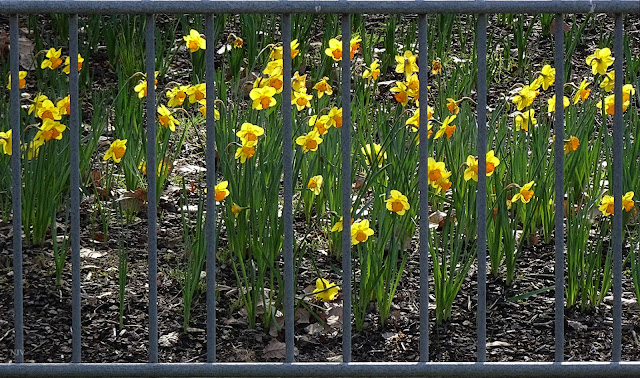Brighton is a seaside resort on the south coast of England. It is part of the ceremonial county of East Sussex, within the historic county of Sussex. Archaeological evidence of settlement in the area dates back to the Bronze Age, Roman and Anglo-Saxon periods.The town's importance grew in the Middle Ages as the Old Town developed, but it languished in the early modern period, affected by foreign attacks, storms, a suffering economy and a declining population.
Brighton began to attract more visitors following improved road transport to London and becoming a boarding point for boats travelling to France. The town also developed in popularity as a health resort for sea bathing as a purported cure for illnesses. In the Georgian era, Brighton developed as a fashionable seaside resort, encouraged by the patronage of the Prince Regent, later King George IV, who spent much time in the town and constructed the Royal Pavilion in the Regency era. Brighton continued to grow as a major centre of tourism following the arrival of the railways in 1841, becoming a popular destination for day-trippers from London.
The Royal Pavilion, also known as the Brighton Pavilion, is a former royal residence located in Brighton, England. Beginning in 1787, it was built in three stages as a seaside retreat for George, Prince of Wales, who became the Prince Regent in 1811. It is built in the Indo-Saracenic style prevalent in India for most of the 19th century. The current appearance of the Pavilion, with its domes and minarets, is the work of architect John Nash, who extended the building starting in 1815. Between 1815 and 1822 the designer John Nash redesigned and greatly extended the Pavilion, and it is his work that is still visible today.
The palace is striking in the middle of Brighton, for its Indo-Islamic exterior is unique. The fanciful interior design, primarily by Frederick Crace and the little-known decorative painter Robert Jones, was heavily influenced by both Chinese and Indian fashion (with Mughal and Islamic architectural elements). It is a prime example of the exoticism that was an alternative to more classicising mainstream taste in the Regency style.
This post is part of the Travel Tuesday meme


















































